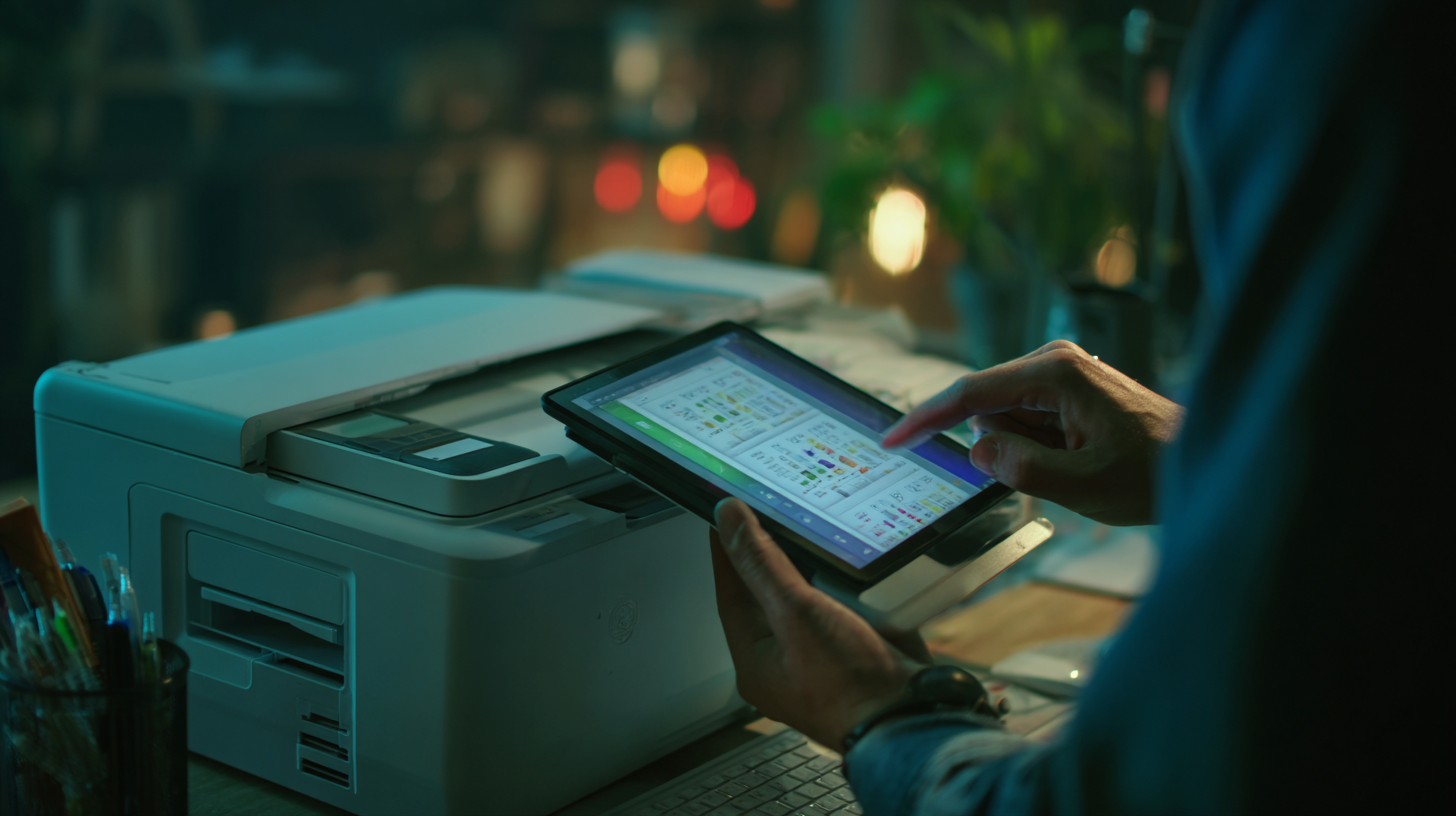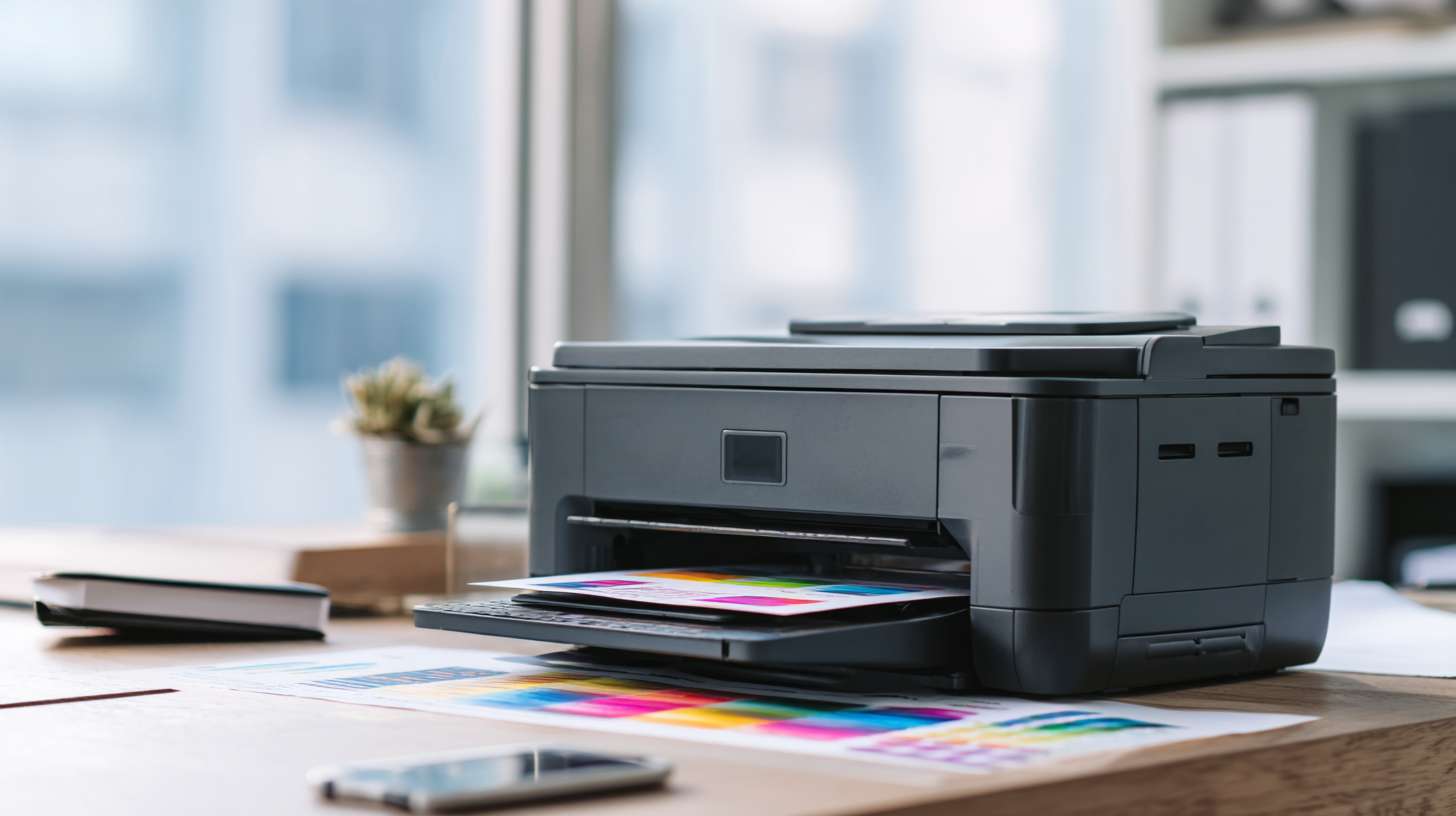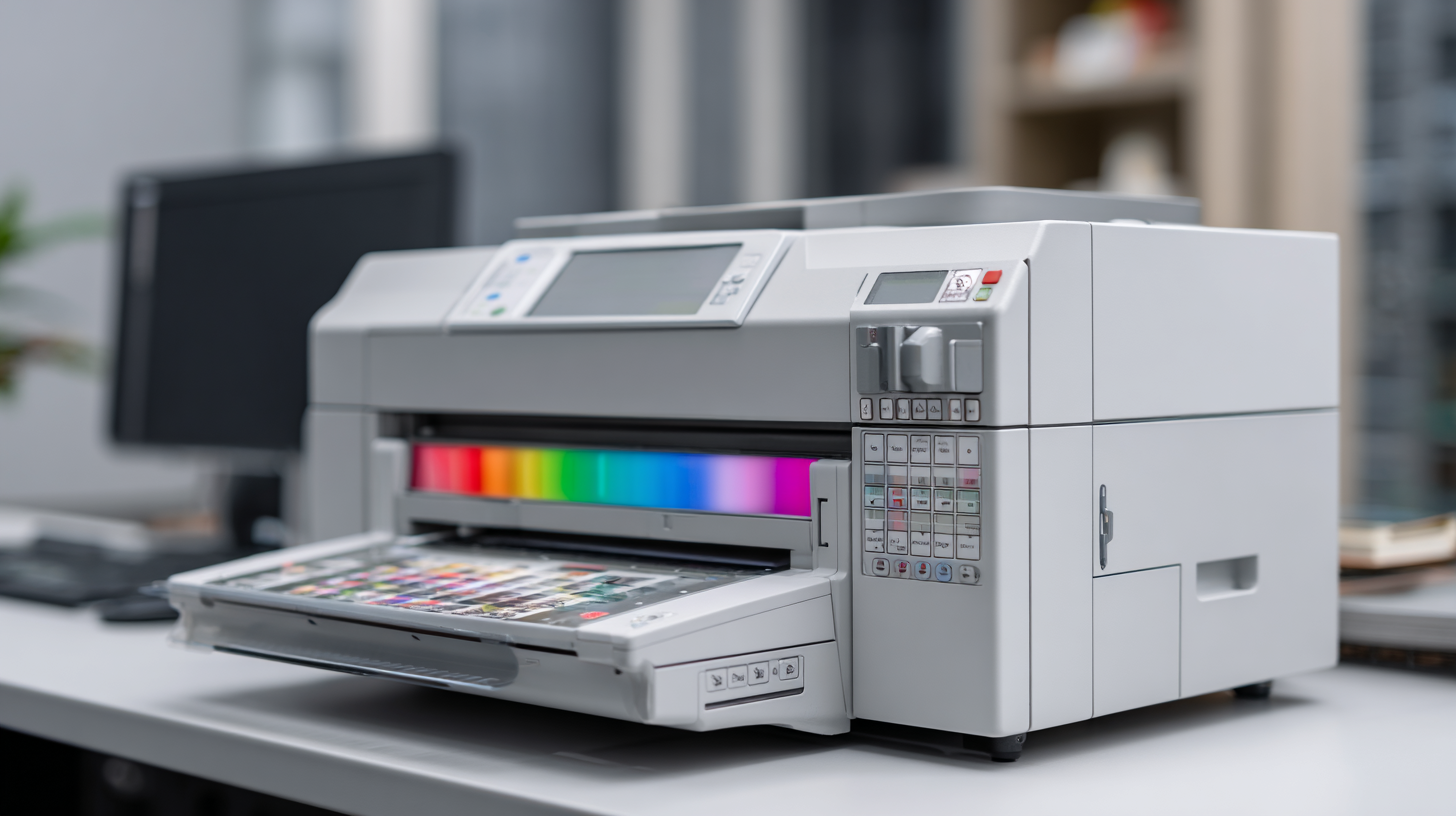Partner Login
Enter your username and password here on order to log in on the partner portal:
No registered partner yet?
Register nowForecasting the Future of Best Coding Printers in the Market by 2025 Insights and Trends
In recent years, the demand for advanced coding printers has surged, driven by the rapid growth of various industries, including food and beverage, pharmaceuticals, and consumer goods. According to a recent market report by Smithers Pira, the global coding and marking industry is projected to reach USD 4.65 billion by 2025, representing a CAGR of 5.8% from 2020. This surge is attributed to the increasing need for compliance with stringent labeling regulations and the growing emphasis on product traceability. As manufacturers aim to improve production efficiency and maintain high-quality standards, coding printers have emerged as vital tools in enhancing brand visibility and reducing operational costs.

With the rise of "Made in China" products gaining global acceptance, the quality assurance offered by Chinese manufacturers further strengthens their position in the coding printer market. This blog will explore the future of coding printers, examining key insights and trends shaping this dynamic industry as we approach 2025.
Key Trends Shaping the Coding Printer Market Leading Up to 2025
As we look ahead to 2025, the coding printer market is poised for transformative changes shaped by several key trends. One significant trend is the increasing demand for high-speed printing capabilities. Businesses across various sectors are prioritizing efficiency, driving manufacturers to innovate in speed and performance. This evolution is essential for industries that require quick turnarounds, such as food and beverage, pharmaceuticals, and logistics.

Another prominent trend is the shift towards eco-friendly and sustainable printing solutions. As environmental concerns become more pressing, both consumers and regulators are pushing for greener practices. Coding printers that utilize biodegradable inks and reduce waste are becoming increasingly popular. Manufacturers are responding by developing technology that not only minimizes environmental impact but also maintains the quality and durability of printed codes.
Additionally, the integration of IoT and advanced monitoring systems is set to revolutionize the coding printer landscape. Smart printers that utilize real-time data can optimize operations, reduce downtime, and enhance product traceability. This connectivity will enable companies to respond more dynamically to production demands, ensuring consistent quality and efficiency. As these trends evolve, the coding printer market will undoubtedly adapt, offering innovative solutions that meet the changing needs of businesses in the coming years.
Comparative Analysis of Leading Coding Printer Brands: Features and Prices
As industries increasingly prioritize efficient labeling and coding solutions, the market for coding printers is set to evolve significantly by 2025. A recent report by Smithers Pira indicates that the global coding and marking market is projected to reach approximately $9.43 billion by 2025, with a compound annual growth rate (CAGR) of 6.1% from 2020. In this competitive landscape, several leading brands have established themselves as top contenders, each offering unique features and price points to cater to a variety of industrial needs.
When analyzing the primary players in the coding printer market, companies like Videojet Technologies, Markem-Imaje, and Domino Printing Sciences consistently emerge. Videojet, known for its high-resolution coding capabilities, offers models ranging from $5,000 to $15,000, depending on the complexity and additional features such as connectivity and data handling. In contrast, Markem-Imaje provides versatile solutions suitable for high-speed production lines, with prices typically ranging from $4,000 to $12,000. Meanwhile, Domino’s offerings emphasize reliability and ease of integration, with their coding printers averaging around $6,000 to $14,000. These variations highlight the need for businesses to assess their operational requirements and budget constraints thoroughly while selecting the most appropriate coding solution for their production processes.
Emerging Technologies in Coding Printers: Inkjet vs. Laser Innovations
The landscape of coding printers is evolving rapidly, particularly with the advancements in inkjet and laser technologies. According to industry reports, the digital printing market is projected to reach USD 35 billion by 2025, driven by increasing demand for high-quality printing solutions across various applications, including packaging and textiles. Inkjet printers are especially popular for their versatility and cost-effectiveness, making them ideal for short-run printing jobs. Meanwhile, laser printers are gaining traction due to their precision and efficiency, which are crucial in industries requiring permanent marking.
In line with these trends, recent innovations have emerged, promising even greater performance. For instance, new laser marking systems have been designed to seamlessly integrate into existing production lines while ensuring precise and durable markings. This reflects a broader shift towards automation and smart manufacturing in the coding industry.
Analysts note that by 2025, the preference for laser solutions in coding applications could potentially increase by 15%, emphasizing the need for manufacturers to adopt cutting-edge technologies to stay competitive. The race is on for businesses to leverage these advancements in order to meet consumer demands and regulatory standards in a swiftly transforming market.
Market Growth Projections for Coding Printers: Data-Driven Insights
As the demand for high-precision coding and labeling continues to rise across various industries, the market for coding printers is projected to experience significant growth by 2025. Data-driven insights reveal that advancements in technology, such as inkjet and laser printing, are enhancing the versatility and efficiency of these devices. Manufacturers are investing in research and development to create printers that not only meet regulatory requirements for product traceability but also reduce operational costs and increase uptime.

Moreover, the integration of smart technologies is reshaping the landscape of coding printers. With the advent of IoT-enabled devices, businesses are now able to monitor printer performance in real-time, leading to proactive maintenance and less downtime. Analysts project that this technological convergence will not only fuel growth but will also attract a diverse array of businesses looking to optimize their packaging processes. As companies prioritize sustainability and compliance, the coding printer market is set to evolve, presenting new opportunities for innovation and improved solutions to meet the needs of evolving industries.
Environmental Impact and Sustainability Trends in Coding Printer Manufacturing
As the demand for coding printers grows, so does the need for environmentally responsible practices in their manufacturing. A two-stage study illustrates how integrating sustainable methods can significantly reduce the environmental footprint of coding printer production. Reports indicate that by 2025, the market is anticipated to have shifted towards energy-efficient models, which could potentially lower carbon emissions by up to 30% compared to current standards.
In addition to energy consumption, sustainable coding printers are expected to utilize recyclable materials in their components. This shift towards sustainability isn’t just an ethical choice; it's projected that by adopting greener technologies, manufacturers could see a decrease in operational costs by approximately 15%, delivering both ecological benefits and economic gains.
**Tips:** When selecting a coding printer, look for certifications that indicate sustainability, such as Energy Star or similar eco-labels. Additionally, consider models that provide options for using eco-friendly inks, which contribute to a lesser environmental impact. Embracing innovation in sustainable practices today can pave the way for a healthier planet tomorrow.